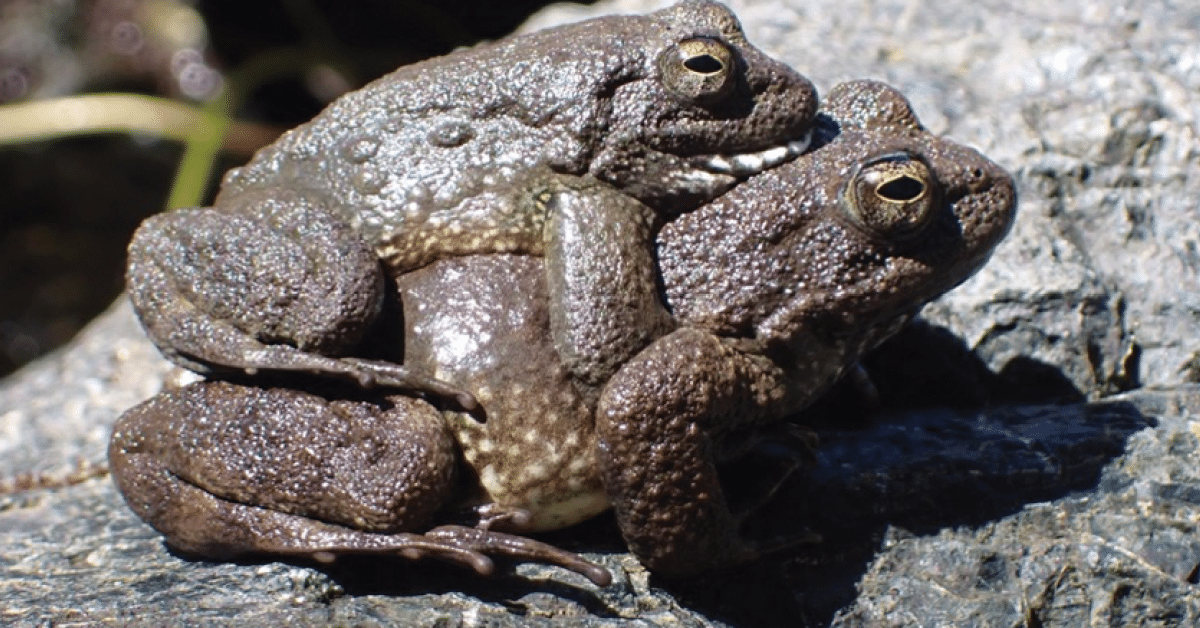
Conservation Efforts for the Foothill Yellow-Legged Frog
In the spirit of Earth Day, we’re highlighting Kleinfelder’s (legacy GANDA) conservation efforts for the foothill yellow-legged frog. Photo credit: K. Wiseman.
As we celebrate Earth Day, it’s important to reflect on our collective responsibility to protect and preserve the delicate ecosystems that sustain life on our planet.
Across California and parts of Southern Oregon, the foothill yellow-legged frog once thrived, serving as a vital indicator of ecosystem health. However, the species faced a threat of extinction. Recognizing the urgency of the situation, a collaborative partnership, including environmental professionals from Kleinfelder, the Oakland Zoo, U.S. Forest Service, Pacific Gas and Electric (PG&E), and California Department of Fish and Wildlife, joined together under the guidance of the U.S. Fish and Wildlife Service’s At-Risk Species Team to implement conservation efforts for the foothill yellow-legged frog.
Monitoring efforts in 2002 revealed a concerning decline in the North Fork Feather River population, signaling a broader ecological imbalance. By 2016, surveys indicated that the population was on the brink of extinction, with only a handful of frogs remaining.
Under the direction of dedicated biologists and researchers, including a UC Berkeley-affiliated expert with decades of experience in frog conservation, active management projects were initiated. Instream rearing efforts became a focal point, aiming to boost the population and restore genetic diversity.
Thanks to the dedication of all involved, the population saw an increase, with additional female frogs contributing to the breeding cycle, and surviving offspring returning to their birthplace over subsequent years.
As a result of instream rearing efforts, 327 tadpoles from two genetic backgrounds were nurtured at the Oakland Zoo and then reintroduced into the wild in the Plumas National Forest in 2020 and 2021. This historic release marked a step forward in conservation efforts, symbolizing the collective commitment to protecting Earth’s biodiversity.
These ongoing efforts underscore the commitment to protecting this vulnerable species. Recognizing the importance of these and other conservation endeavors, the U.S. Fish and Wildlife Service designated four distinct population segments of the foothill yellow-legged frog under the Endangered Species Act of 1973, with Kleinfelder’s survey results informing key decisions.
While challenges remain, the progress achieved is a testament to the impact that collective action can have in preserving our planet’s biodiversity. As we celebrate Earth Day, we look to efforts like this to serve as a reminder that with continued collaboration and commitment, we can work to overcome environmental challenges and ensure a sustainable future for generations to come.

